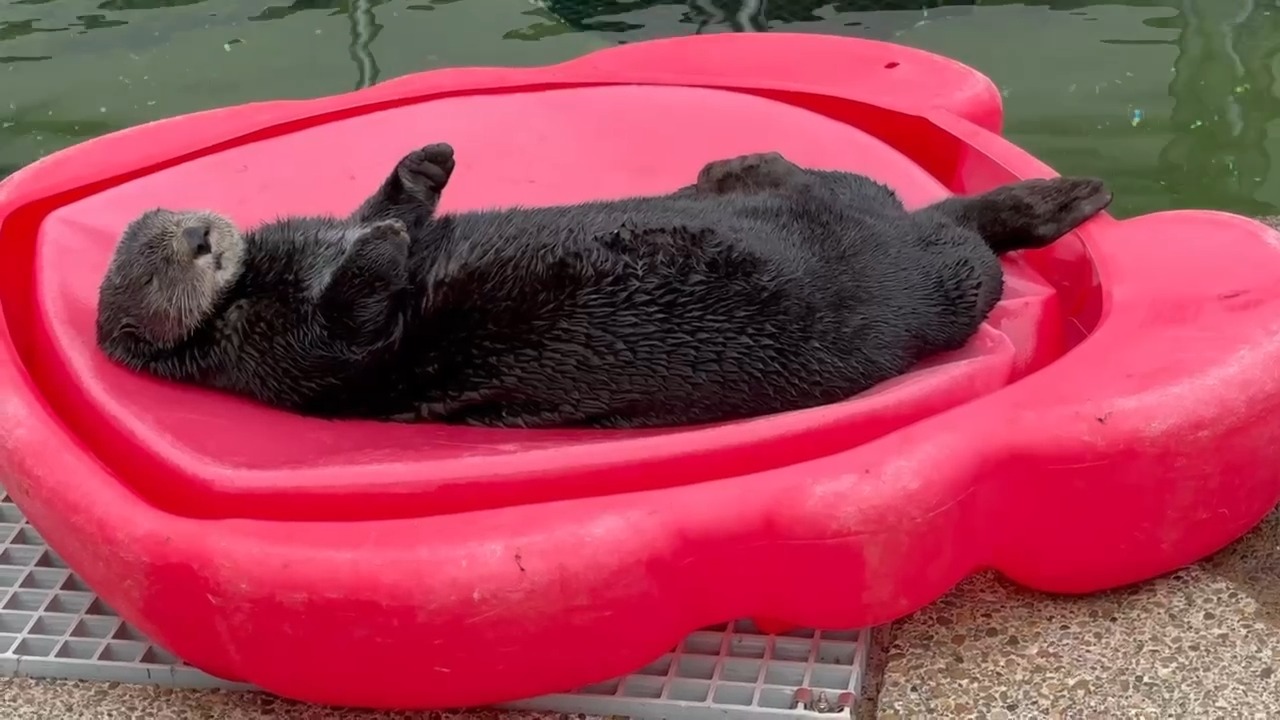- The evolution of cute animals and their biological adaptations
- The significance of wildlife engagement in conservation efforts
- The role of social media in raising awareness about species
- The emotional connection humans have with animals and its impact on conservation
- Practical steps individuals can take to support wildlife conservation
The evolution of cute animals and their biological adaptations is noteworthy. Throughout the animal kingdom, certain traits have emerged that invoke feelings of affection from humans. These traits often include large eyes, small facial features, and playful behavior. For instance, the concept of “baby schema” proposes that features such as round faces and big eyes trigger nurturing behaviors in people. This evolutionary advantage ensures that these species are cared for, enhancing their survival rate. Animals like puppies, kittens, and even certain exotic species often exhibit these traits. The appeal of animals goes beyond their looks; playful and curious behaviors increase their charm, further endearing them to onlookers.
Wildlife engagement plays a critical role in conservation efforts. When individuals encounter adorable animals, it piques their interest in conservation. Initiatives in zoos and wildlife parks often emphasize the importance of educational outreach and promoting empathy towards endangered species. Engaging with creatures considered cute encourages visitors to learn about their ecosystems, habits, and threats. For example, the internet has popularized various cute animal videos shared by wildlife professionals. Social media magnifies this impulsion, creating a community that vocalizes support for conservation efforts. The cuteness factor attracts attention, but the underlying message often inspires action to save the species.
The influence of social media in raising awareness about species cannot be overstated. Platforms like Instagram and TikTok have transformed animal videos into viral content. The video shared by Mammalogist Megan, showcasing an undeniably cute animal with the caption “There’s cute, there’s cuter, and there’s cutest…and then there’s THIS,” becomes a case study. By leveraging viral trends, professionals can educate millions about wildlife. These platforms not only provide entertainment but can serve as effective channels for conservation messages. People who initially view cute videos may soon find themselves learning about habitats, diets, and conservation statuses. This heightened awareness can lead to more substantial support for fieldwork and wildlife protection.
Emotional connections between humans and animals significantly drive conservation efforts. Research demonstrates that empathy developed through interactions with animals leads to stronger conservation advocacy. Individuals often feel compelled to protect animals they find cute or engaging. The psychological connection many feel towards animals can manifest in support for wildlife charities and volunteer opportunities. The influence of cuteness extends beyond individual species; it can catalyze broader movements focused on habitat preservation and biodiversity awareness. Those who resonate with a specific animal’s plight often become vocal advocates for its survival, whether through donations, awareness campaigns, or participating in conservation projects.
Practical steps individuals can take to support wildlife conservation are essential for a balanced approach to environmental stewardship. First, supporting local and global conservation organizations can amplify collective efforts. Donations fund projects aimed at habitat restoration, species protection, and community education. Next, reducing one’s ecological footprint is crucial. Choosing sustainable products, minimizing waste, and advocating for eco-friendly practices can contribute to a more sustainable world. Educating oneself and others about local wildlife fosters appreciation for biodiversity. Moreover, participating in citizen science projects allows people to directly contribute to data collection, enhancing scientific knowledge about local species.
In summary, the appeal of cute animals extends far beyond entertainment; it ignites a passion for wildlife conservation. The traits that classify animals as “cute” are deeply rooted in biological adaptations, encouraging human empathy and interest. As social media transforms engagement, it amplifies the urgency surrounding conservation issues. This environment fosters emotional connections, turning casual viewers into determined advocates. The intersection of cuteness and conservation highlights the synergy between emotional triggers and actionable support for wildlife efforts. Awareness leads to tangible steps toward achieving a sustainable future, emphasizing the importance of every individual’s contribution to preserving Earth’s biodiversity.
*****
Source Description
There’s cute, there’s cuter, and there’s cutest…and then there’s THIS. 🥹💙
🎥: video shared by Mammalogist Megan


